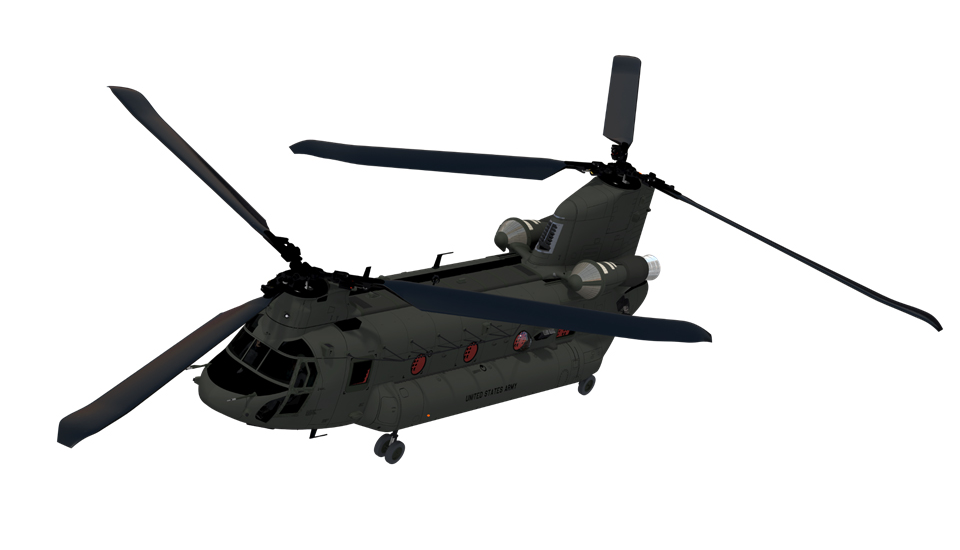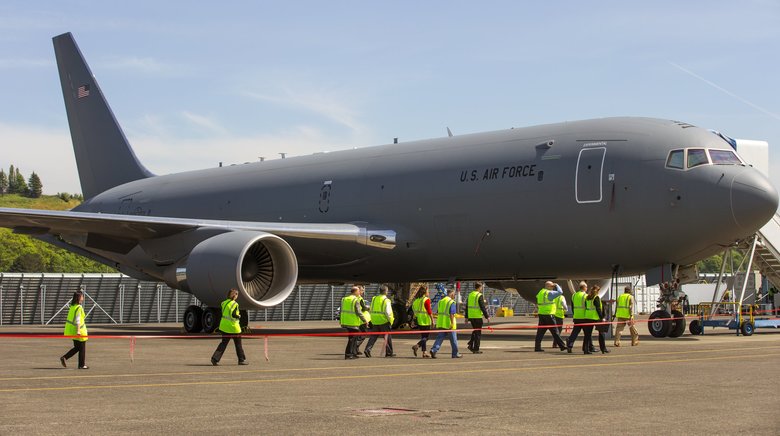Boeing to Deliver Additional Chinook Helicopters to U.S. Army Special Operations
Boeing [NYSE: BA] will build six more MH-47G Block II Chinooks for the U.S. Army Special Operations Aviation Command as part of a $246.48 million contract. Delivery of these aircraft are scheduled to start in…


